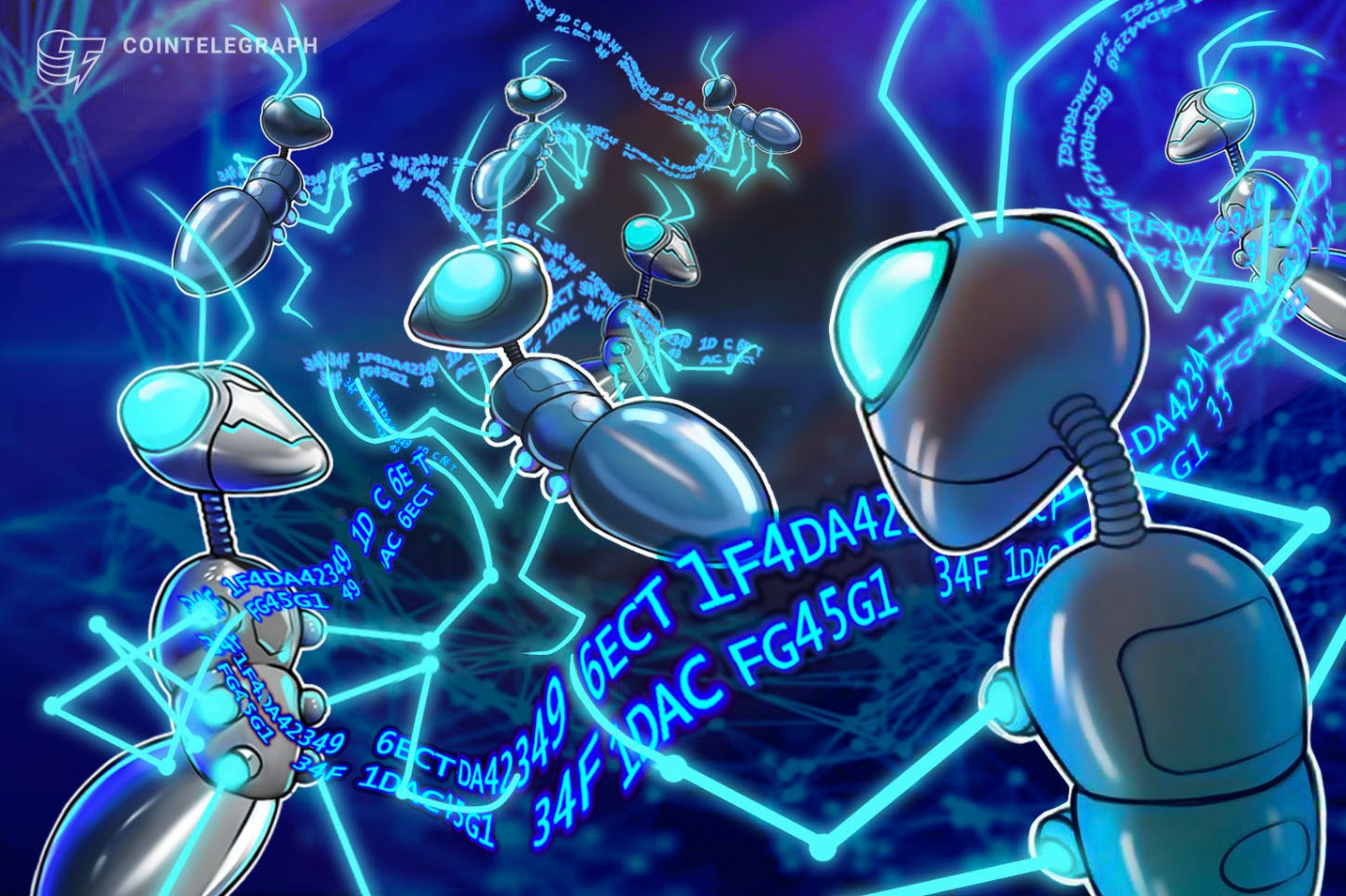
According to Polygon co-founder Branden Farmer, parallelized EVMs may help to solve the problem of inscription spam.
Inscriptions, a form of digital collectible created by writing data into the calldata or witness fields of a blockchain transaction, have caused degraded performance or even crashes on several blockchain networks, including Arbitrum, zkSync, Avalanche, and others. But Branden Farmer, co-founder of Polygon, claims that parallelized Ethereum Virtual Machines (EVMs) may solve the problem once and for all.
Inscriptions were first created on the Bitcoin network. After the Taproot upgrade in 2021, Bitcoin users discovered that the upgrade allowed them to embed data into the “witness” field of a transaction, allowing images, tokens, and other types of digital collectibles to be minted on the Bitcoin blockchain. Some users saw the new collectibles as a benefit to the network, while others regarded them as “spam.”
But the craze didn’t stop with Bitcoin. Soon, inscription producers started minting them on Ethereum sidechains and layer-2s such as Arbitrum, Avalanche, and Polygon. Instead of being written into the witness field of a Bitcoin transaction, this new type of inscription was written into the “calldata” field of an EVM-based network. Since calldata doesn’t get stored in a smart contract’s state, this allowed producers to create their collectibles at a fraction of the cost of minting a traditional non-fungible token (NFT).





